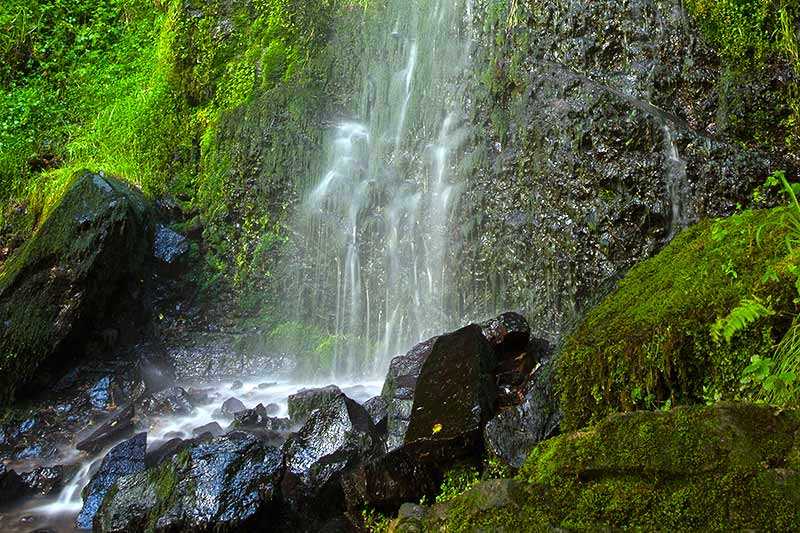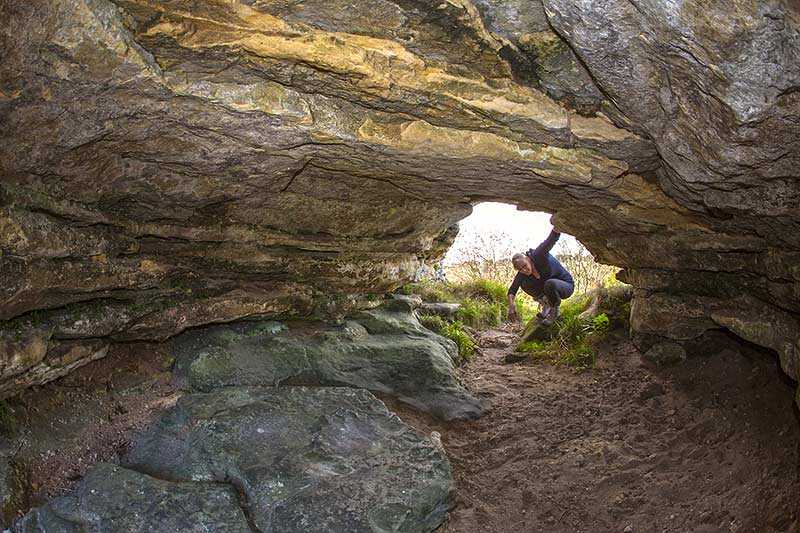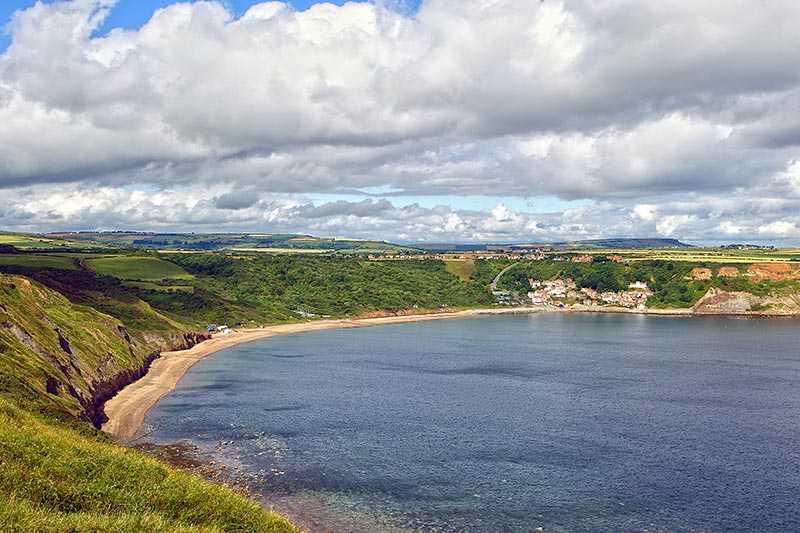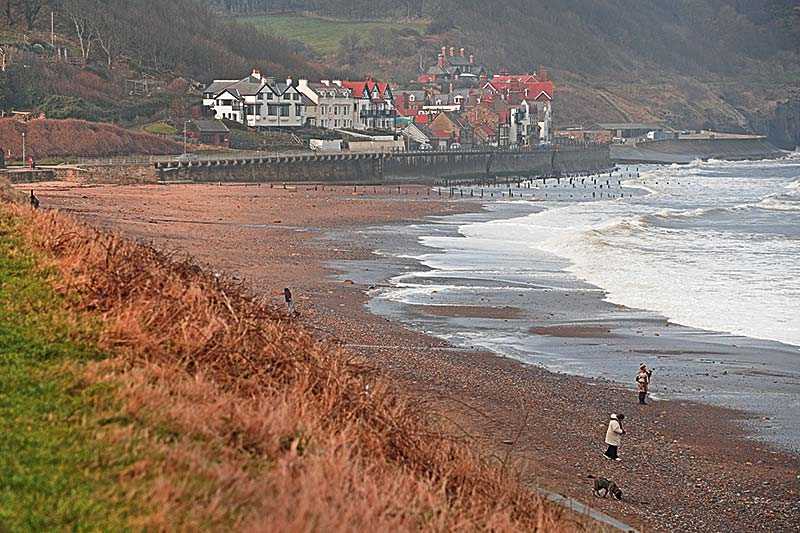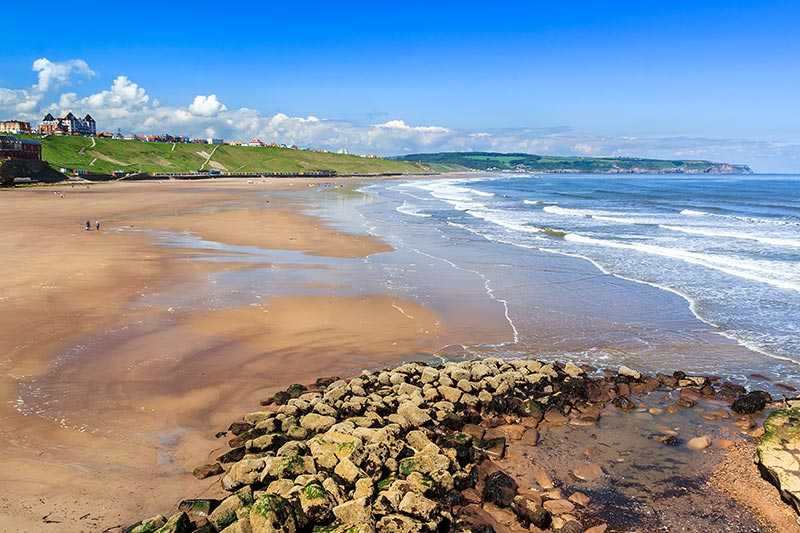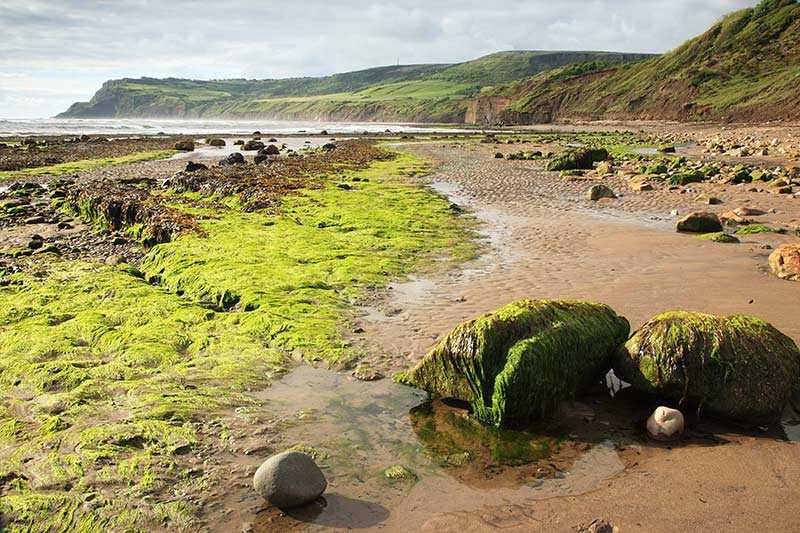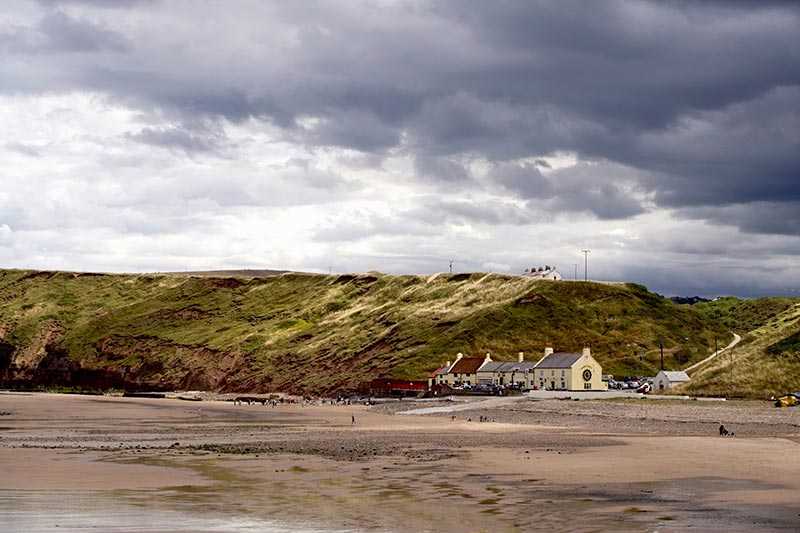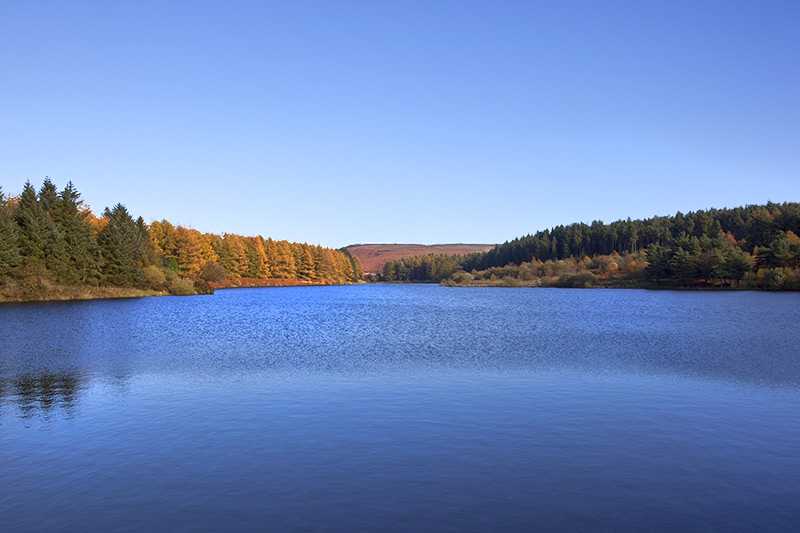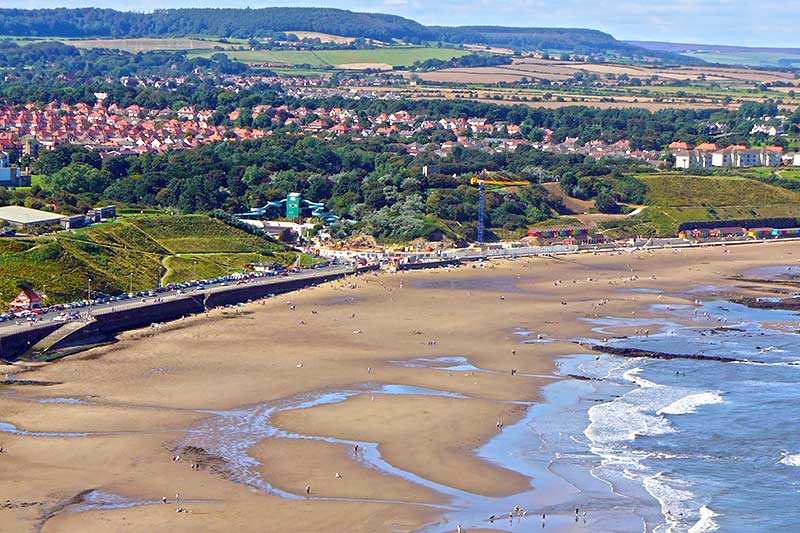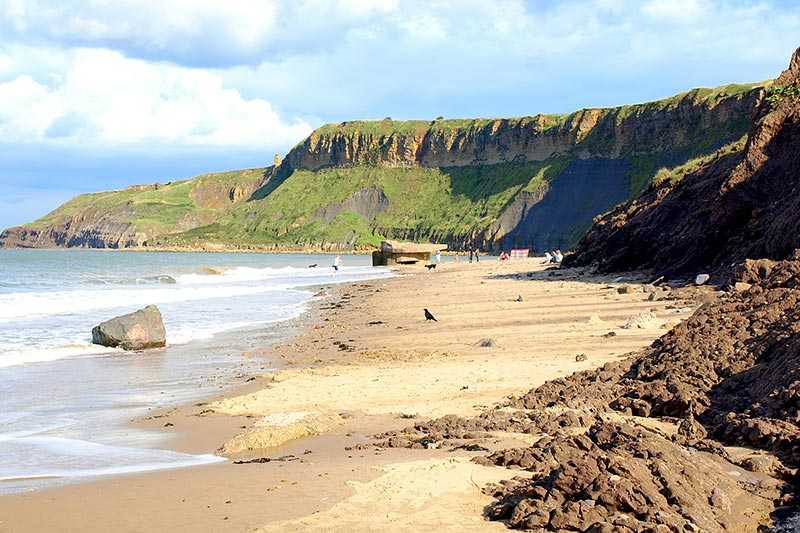North York Moors National Park
The North York Moors National Park is an area of land in North Yorkshire, England, covering 1,436 km² (554 sq mi). The Moors were granted National Park status in 1952.
Geography
T...
The North York Moors National Park is an area of land in North Yorkshire, England, covering 1,436 km² (554 sq mi). The Moors were granted National Park status in 1952.
Geography
The diverse landscape of pasture land, purple moorland, woodland and coast is home to many different wildlife communities. As a result of these significant and sensitive habitats, 440 km² (169.8 sq mi)...
Attractions near North York Moors National Park
Activities
About North York Moors National Park
The North York Moors National Park is an area of land in North Yorkshire, England, covering 1,436 km² (554 sq mi). The Moors were granted National Park status in 1952.
Geography
The diverse landscape of pasture land, purple moorland, woodland and coast is home to many different wildlife communities. As a result of these significant and sensitive habitats, 440 km² (169.8 sq mi) of the Park have been designated a Site of Special Scientific Interest.
The North York Moors are one of the largest areas of heather moorland in the UK and over a fifth of the park is covered by ancient woodland. To the east, the striking coastline of dramatic cliffs and sheltered bays forms a natural boundary to the Park. On three sides the park is defined by the steep slopes of the Cleveland and Tabular Hills.
Activities
The North York Moors National Park is a particularly popular destination for walking. With 2,300 km (1,400 mi) of public rights of ways and the majority of moorland being openly accessible there are numerous ways to explore the breathtaking scenery. Named walks include the Cleveland Way, a route which circles the moors, and the Lyke Wake Walk which leads directly through the core of the Park. The Park’s landscape is also ideal for mountain biking, horse-riding and gliding.
Historical Sites
Prehistoric sites are scattered around the park and include forts, burial chambers, ruined abbeys and the remains of a thriving industrial heritage. There are records of over 12,000 archaeological sites in the Park, 700 of which have been protected against unauthorised change as nationally important archaeological sites.
